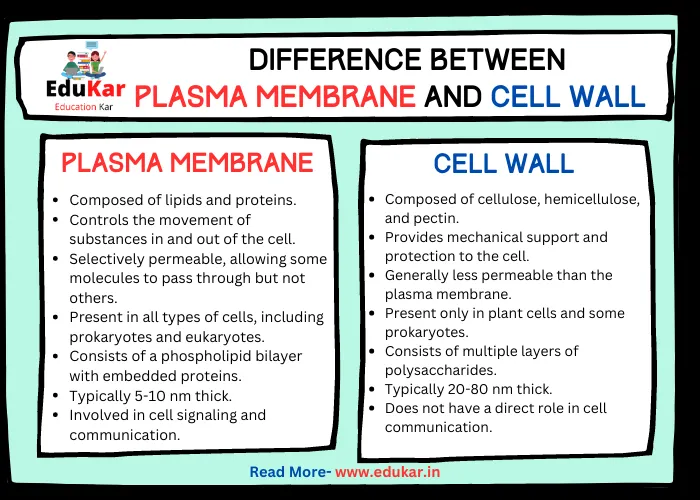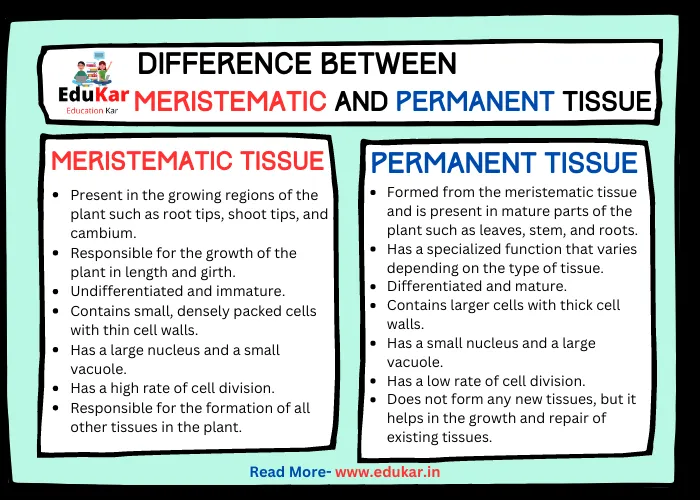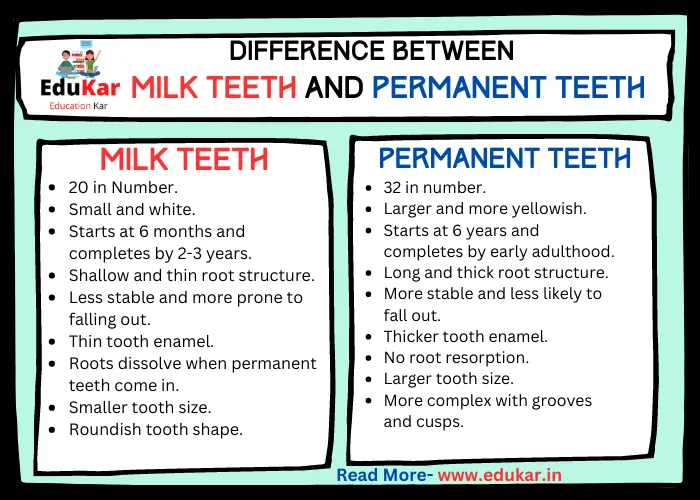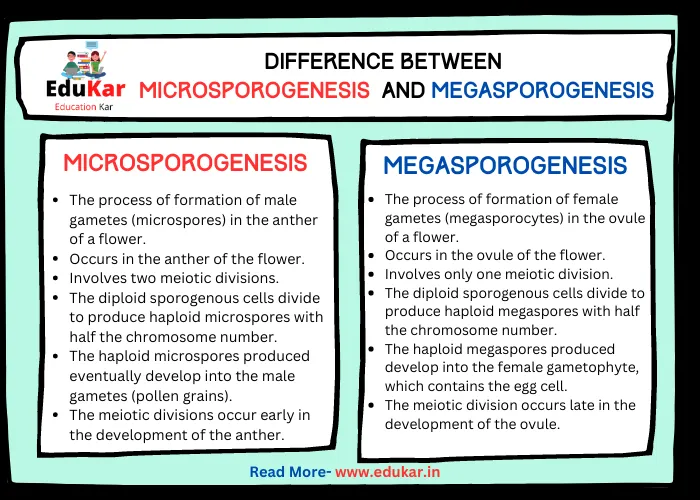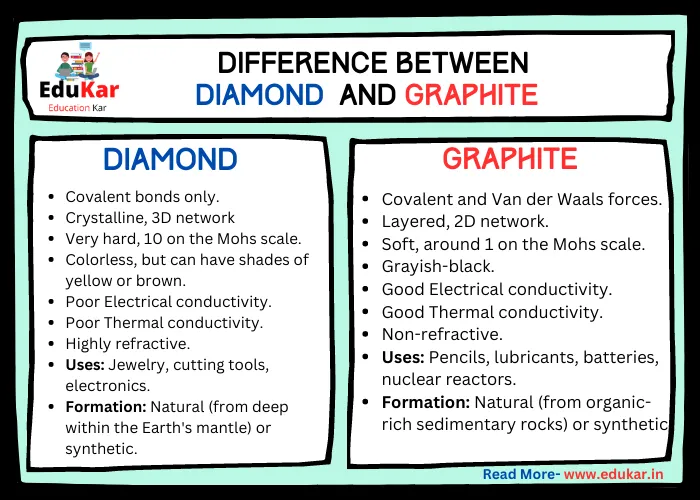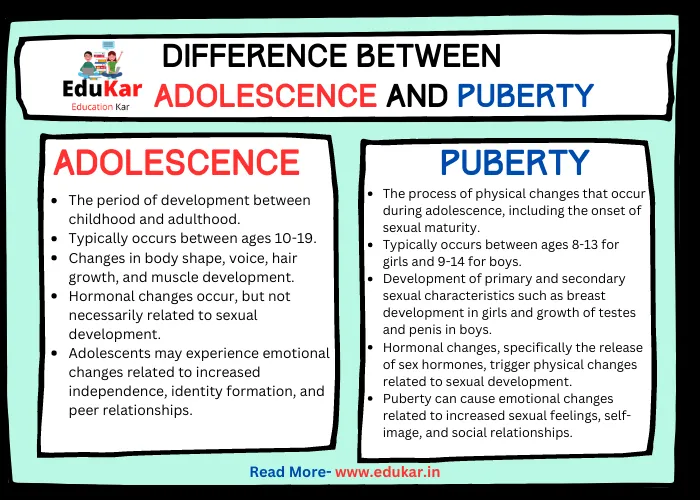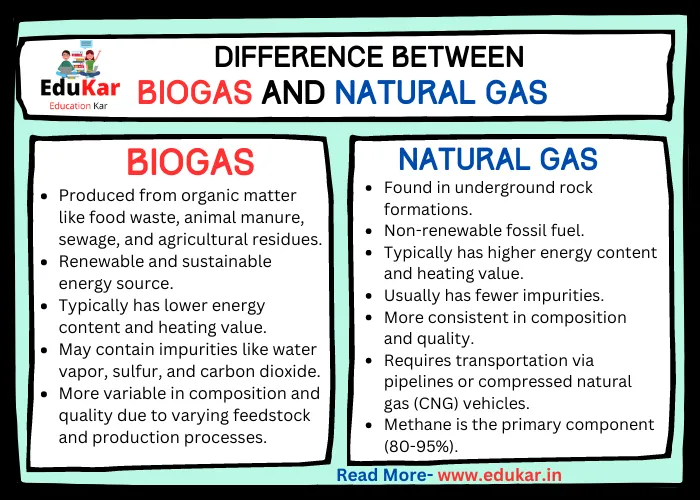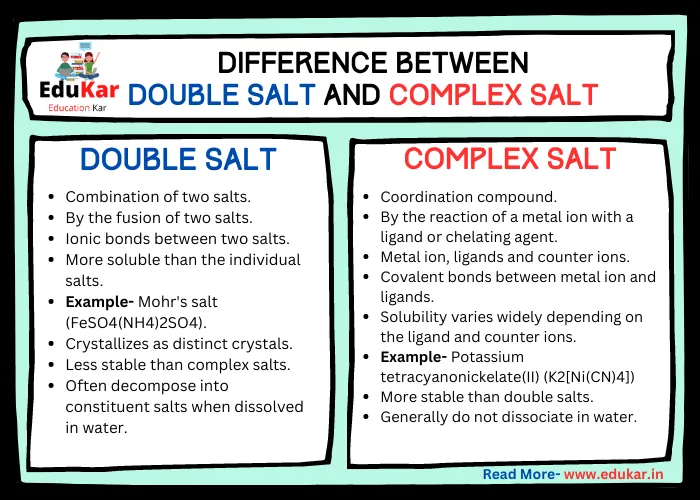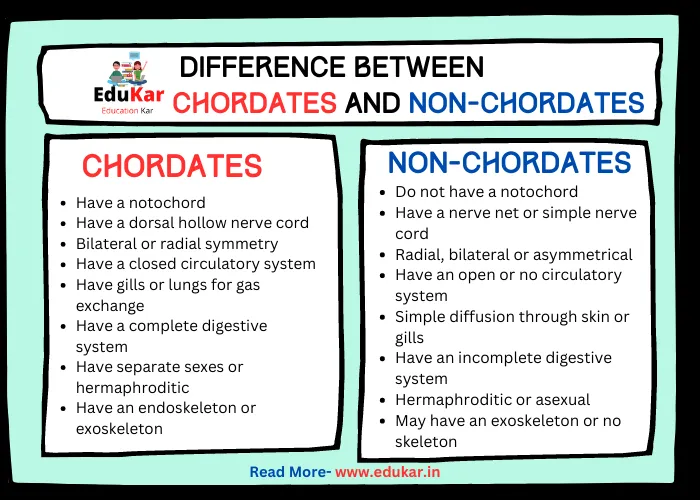Contents
- 1 Introduction
- 2 Plant Cells
- 3 Animal Cells
- 4 Differences between Plant Cell and Animal Cell
- 5 Similarities between Plant Cell and Animal Cell
- 6 Summary
- 7 FAQs
- 7.1 What is the basic difference between plant and animal cells?
- 7.2 What is a cell wall, and which type of cell has it?
- 7.3 What are chloroplasts, and which type of cell has them?
- 7.4 What is a vacuole, and which type of cell has it?
- 7.5 What is the shape of plant cells and animal cells?
- 7.6 What is the function of lysosomes, and which type of cell has them?
- 7.7 What is the function of mitochondria, and which type of cell has them?
- 7.8 What is the difference in size between plant and animal cells?
- 7.9 What is the difference in number of organelles between plant and animal cells?
Learn about the key differences between plant and animal cells, covering their unique structures, functions, and organelles. Discover how these differences play a crucial role in shaping the distinct characteristics and behaviors of these two types of cells. In this blog post, we will explore the differences and similarities between plant cells and animal cells.
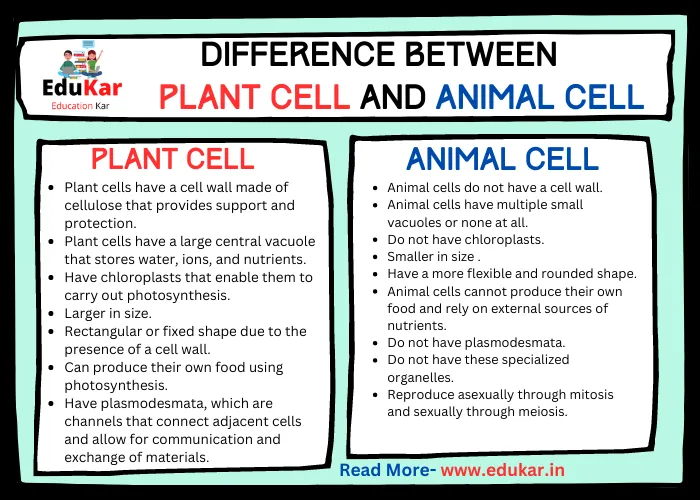
Introduction
Plant cells and animal cells are two of the most fundamental units of life on our planet. They are both eukaryotic cells, which means they have a nucleus and membrane-bound organelles. However, they differ in many ways, including their structure, organelles, and how they divide.
Plant Cells
Plant cells are eukaryotic cells that are found in plants and other photosynthetic organisms. These cells are unique in their structure and function, which allows them to perform specialized functions for the plant’s growth and survival. Here are some key features of plant cells:
1. Cell Wall: Plant cells have a rigid cell wall made of cellulose that provides structure and support to the cell.
2. Chloroplasts: Chloroplasts are responsible for photosynthesis. Chloroplasts contain chlorophyll, the pigment that gives plants their green color, and convert light energy into chemical energy that the plant can use.
3. Vacuole: Plant cells have a large central vacuole that occupies most of the cell’s volume. The vacuole stores water, nutrients, and waste products and helps maintain the turgor pressure that keeps plant tissues rigid.
4. Plasmodesmata: Plant cells have small channels called plasmodesmata that connect adjacent cells and allow for communication and transport of materials between cells.
5. Mitochondria: Mitochondria are responsible for cellular respiration and generate the energy the cell needs to function.
6. Nucleus: Like animal cells, plant cells have a nucleus that contains the cell’s genetic material (DNA) and regulates gene expression.
Animal Cells
Animal cells are eukaryotic cells that are found in animals and humans. These cells are characterized by their complex and specialized structures and functions, which allow them to perform various functions to support the growth and survival of the organism. Here are some key features of animal cells:
1. Plasma Membrane: Animal cells have a plasma membrane that encloses the cell and separates its contents from the surrounding environment. The plasma membrane is composed of a lipid bilayer with embedded proteins that regulate the movement of substances in and out of the cell.
2. Nucleus: Nucleus contains the cell’s genetic material (DNA) and regulates gene expression. The nucleus is surrounded by a double membrane called the nuclear envelope, which has pores that allow for the exchange of materials between the nucleus and the cytoplasm.
3. Mitochondria: Mitochondria are responsible for cellular respiration and generate the energy the cell needs to function. Mitochondria are composed of an outer membrane and an inner membrane, which folds into structures called cristae.
4. Endoplasmic Reticulum: Animal cells have an endoplasmic reticulum (ER), a network of flattened sacs and tubules that is responsible for protein and lipid synthesis. The rough ER is studded with ribosomes, which synthesize proteins that are destined for secretion or membrane insertion. The smooth ER is involved in lipid synthesis, calcium storage, and detoxification.
5. Golgi Apparatus: Golgi apparatus is responsible for modifying, sorting, and packaging proteins and lipids for secretion or delivery to other parts of the cell. The Golgi apparatus consists of a stack of flattened membranous sacs called cisternae.
6. Lysosomes: Lysosomes are membrane-bound organelles that contain digestive enzymes. Lysosomes break down macromolecules such as proteins, carbohydrates, and lipids that are no longer needed by the cell.
Differences between Plant Cell and Animal Cell
| Plant Cells | Animal Cells |
|---|---|
| Plant cells have a cell wall made of cellulose that provides support and protection. | Animal cells do not have a cell wall. |
| Plant cells have a large central vacuole that stores water, ions, and nutrients. | Animal cells have multiple small vacuoles or none at all. |
| Have chloroplasts that enable them to carry out photosynthesis. | Do not have chloroplasts. |
| Larger in size | Smaller in size |
| Rectangular or fixed shape due to the presence of a cell wall. | Have a more flexible and rounded shape. |
| Can produce their own food using photosynthesis. | Animal cells cannot produce their own food and rely on external sources of nutrients. |
| Have plasmodesmata, which are channels that connect adjacent cells and allow for communication and exchange of materials. | Do not have plasmodesmata. |
| Variety of specialized organelles, such as amyloplasts, which store starch, and elaioplasts, which store oils. | Do not have these specialized organelles. |
| Can reproduce asexually through mitosis and sexually through meiosis. | Reproduce asexually through mitosis and sexually through meiosis. |
| Differentiate into various types of cells, such as xylem cells and phloem cells, which form vascular tissue. | Ddifferentiate into various types of cells, such as muscle cells and nerve cells, which form tissues and organs. |
Similarities between Plant Cell and Animal Cell
There are several similarities between plant cells and animal cells, including:
- Both plant and animal cells are eukaryotic cells, which means they have a true nucleus and other membrane-bound organelles.
- Both contain mitochondria, which are responsible for producing energy for the cell through cellular respiration.
- Have a cell membrane that regulates the movement of materials in and out of the cell.
- Hhave ribosomes, which are responsible for making proteins.
- Have a cytoplasm, which is the gel-like substance that fills the cell and surrounds the organelles.
- Have a cytoskeleton, which helps maintain the cell’s shape and provides structural support.
- Have Golgi apparatus, which are responsible for packaging and transporting proteins.
Summary
Plant and animal cells are both eukaryotic cells that share many similarities in terms of their basic structures and functions. However, they also have several notable differences that set them apart. Plant cells have a cell wall, chloroplasts, and a large central vacuole, which are absent in animal cells.
Animal cells have centrioles, lysosomes, and cilia or flagella, which are not present in plant cells. These differences reflect the diverse roles that these cells play in the organisms they make up, with plant cells being specialized for photosynthesis and support, and animal cells being specialized for movement, communication, and digestion.
FAQs
What is the basic difference between plant and animal cells?
The main difference between plant and animal cells is that plant cells have cell walls, chloroplasts, and large vacuoles, while animal cells do not.
What is a cell wall, and which type of cell has it?
A cell wall is a rigid layer that surrounds the cell membrane and provides support and protection to the cell. Plant cells have cell walls, while animal cells do not.
What are chloroplasts, and which type of cell has them?
Chloroplasts are organelles that carry out photosynthesis in plant cells. They are responsible for converting light energy into chemical energy. Plant cells have chloroplasts, while animal cells do not.
What is a vacuole, and which type of cell has it?
A vacuole is a large membrane-bound organelle that stores water, ions, nutrients, and waste products. Plant cells have a large central vacuole, while animal cells have small, scattered vacuoles.
What is the shape of plant cells and animal cells?
Plant cells are typically rectangular or square-shaped, while animal cells are usually round or irregularly shaped.
What is the function of lysosomes, and which type of cell has them?
Lysosomes are organelles that break down and recycle cellular waste and foreign materials. Animal cells have lysosomes, while plant cells do not.
What is the function of mitochondria, and which type of cell has them?
Mitochondria are organelles that produce energy through cellular respiration. Both plant and animal cells have mitochondria.
What is the difference in size between plant and animal cells?
Plant cells are generally larger than animal cells.
What is the difference in number of organelles between plant and animal cells?
Plant cells have more organelles than animal cells, due to their more complex structure and functions.

